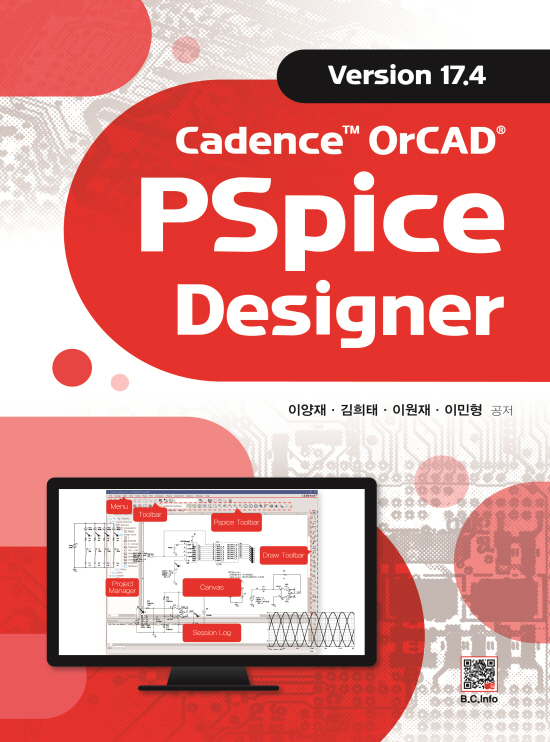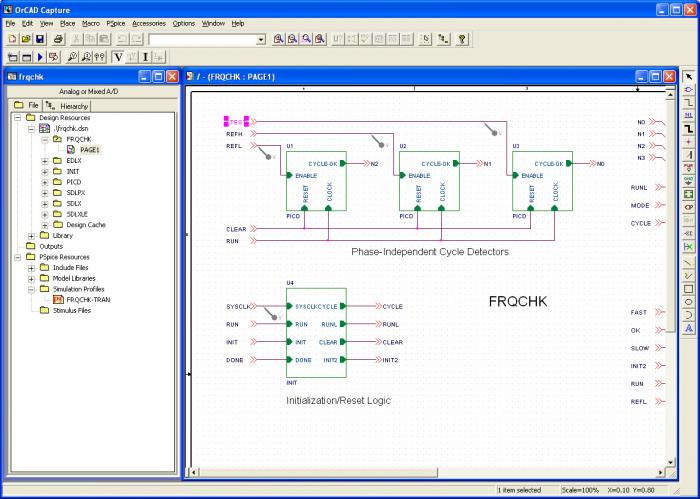

Copyright c 2013 Massachusetts Institute of Technology (MIT). The MIT VS Model Research Group developed the MIT Virtual Source (MVS) model.

Copyrights c of Mextram are with Delft University of Technology, NXP Semiconductors and Auburn University. The Mextram model has been developed by NXP Semiconductors until 2007, Delft University of Technology from 2007 to 2014, and Auburn University since April 2015. The BSIM-SOI is Copyright c 1990, Regents of the University of California. The BSIM-CMG is Copyright c 20, Regents of the University of California. The BSIM6 is Copyright c 2015, Regents of the University of California. The BSIM4 is Copyright c 2006, Regents of the University of California. The BSIM3 is Copyright c 1999, Regents of the University of California. Acknowledgements The BSIM Group at the University of California, Berkeley developed the BSIM3, BSIM4, BSIM6, BSIM-CMG and BSIM-SOI models. Copyright c 2002-2016 Sandia Corporation. The information herein is subject to change without notice. Attention has been paid to the specific nature of circuit-simulation problems to ensure that optimal parallel efficiency is more » achieved as the number of processors grows. These include serial, shared-memory and distributed-memory parallel platforms. Xyce is a parallel code in the most general sense of the phrase - a message passing parallel implementation - which allows it to run efficiently a wide range of computing platforms. Object-oriented code design and implementation using modern coding practices. Device models that are specifically tailored to meet Sandia's needs, including some radiation- aware devices (for Sandia users only). This allows one to develop new types of analysis without requiring the implementation of analysis-specific device models. A differential-algebraic-equation (DAE) formulation, which better isolates the device model package from solver algorithms. This includes support for most popular parallel and serial computers. This development has focused on improving capability over the current state-of-the-art in the following areas: Capability to solve extremely large circuit problems by supporting large-scale parallel com- puting platforms (up to thousands of processors).

Xyce has been de- signed as a SPICE-compatible, high-performance analog circuit simulator, and has been written to support the simulation needs of the Sandia National Laboratories electrical designers. This manual describes the use of the Xyce Parallel Electronic Simulator.


 0 kommentar(er)
0 kommentar(er)
